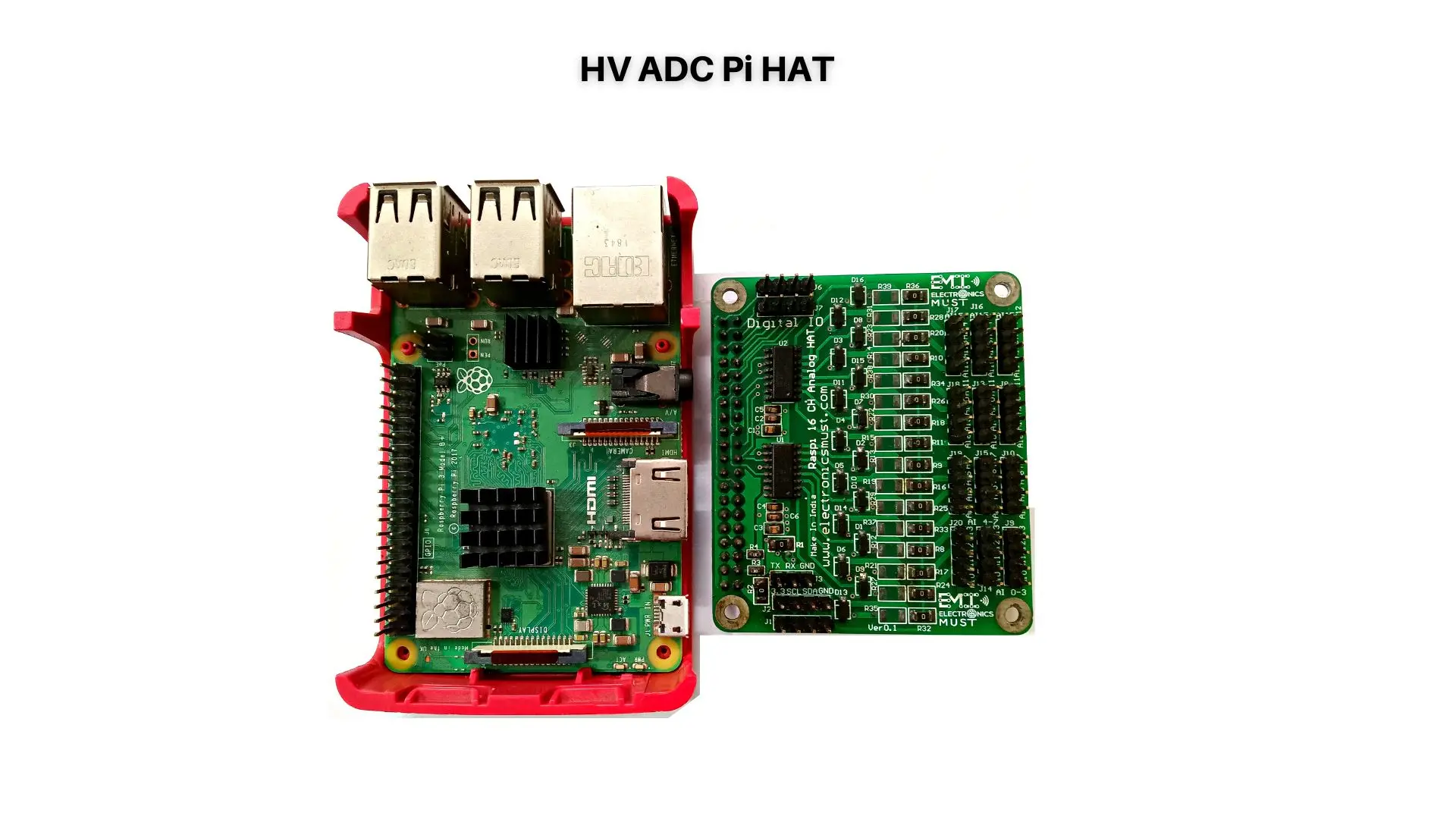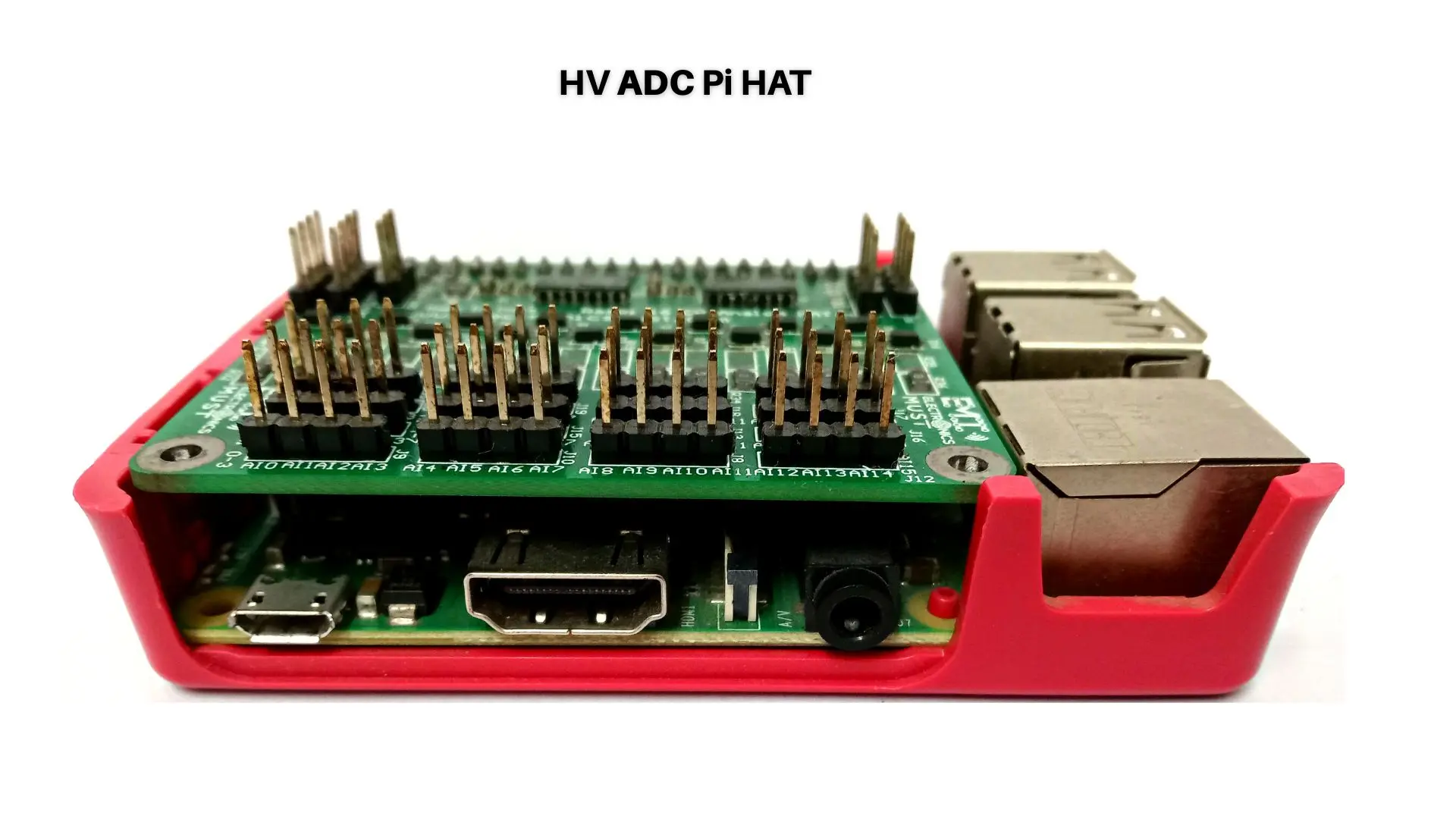Power electronics play a critical role in modern society, powering everything from our smartphones to electric cars. However, designing and optimizing power electronics can be a complex and challenging task. Fortunately, the power of simulation can help engineers to design and optimize power electronics systems more efficiently and effectively. In this blog, we will explore the tools and techniques available for power electronics design simulation.
#SimulationTools #PowerElectronicsDesign #EngineeringSimulation #ElectronicsSimulation
#SimulationTechniques
Simulation Tools
There are many simulation tools available for power electronics design, each with its strengths and weaknesses. Some of the most popular simulation tools include:
1.SPICE (Simulation Program with Integrated Circuit Emphasis):
SPICE is a circuit simulation program that allows engineers to simulate and analyze analog electronic circuits. It is widely used in the design and analysis of power electronics systems.
2.PLECS (Piecewise Linear Electrical Circuit Simulation):
PLECS is a simulation tool that enables engineers to model and simulate complex electrical systems, including power electronics. It has a user-friendly interface and is designed for both time-domain and frequency-domain simulations.
3.Simulink:
Simulink is a simulation tool that allows engineers to model and simulate complex systems using block diagrams. It is widely used in the design and analysis of power electronics systems, including motor control and power conversion.
Simulation Techniques
Simulation techniques can help engineers to optimize their power electronics designs and ensure that they meet their performance requirements. Some of the most commonly used simulation techniques include:
1.Transient Analysis:
Transient analysis is a simulation technique used to study the behavior of a circuit over time. It can help engineers to identify problems such as voltage spikes and circuit oscillations.
2.Frequency Analysis:
Frequency analysis is a simulation technique used to study the frequency response of a circuit. It can help engineers to identify problems such as resonance and filter design issues.
3.Thermal Analysis:
Thermal analysis is a simulation technique used to study the thermal behavior of a power electronics system. It can help engineers to identify hotspots and optimize cooling strategies.
4.Optimization:
Optimization is a simulation technique used to find the optimal values for the parameters of a power electronics system. It can help engineers to improve performance and efficiency while minimizing cost.
Benefits of Simulation
Simulation offers a range of benefits to engineers working in the field of power electronics design. Some of the most significant benefits include:
1.Faster Time-to-Market:
Simulation enables engineers to test and optimize their designs more quickly, reducing the time it takes to bring a product to market.
2.Lower Development Costs:
Simulation reduces the need for expensive hardware prototypes, saving both time and money.
3.Improved Performance:
Simulation enables engineers to optimize their designs for performance, improving efficiency and reducing the risk of failure.
4.Enhanced Reliability:
Simulation enables engineers to identify potential issues before they occur, reducing the risk of failure and improving reliability.
Conclusion
Power electronics play a critical role in modern society, and simulation tools and techniques can help engineers to design and optimize power electronics systems more efficiently and effectively. With the right simulation tools and techniques, engineers can optimize their designs for performance, reliability, and cost-effectiveness, bringing their products to market more quickly and with greater confidence. As the field of power electronics continues to evolve, we can expect to see even more powerful and sophisticated simulation tools and techniques emerge in the years to come.






